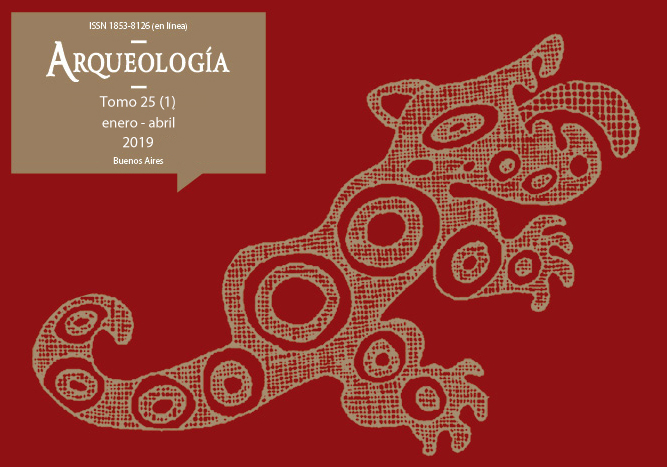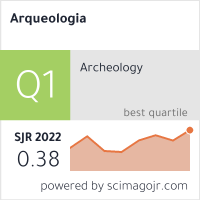Core reduction practices at Punta de la Peña (Antofagasta de la Sierra, Catamarca): an analysis of the different ways of working stones at procurement contexts
Keywords:
Lithic procurement, Quarries, Reduction practices, Cores, Techno-typological analysis, Technological strategies
Abstract
Quarry sites present a variable lithic record that is linked to the different technical procedures used by people in extracting the necessary raw materials for subsistence. The purpose of this study was to analyze the diversity of procedures and practices used by knappers for core reduction at quarries. To this end, systematic surveys, sampling, and a techno-typological analysis of cores from two quarries (PPZAC and POZAC) were carried out. We identified different core types (isolated flakes cores, polyhedral cores, bifacial cores, ake-cores, among others) that present particular knapping techniques: simple, bifacial, multifacial and centripetal. In addition, cores with specific treatment of the percussion platforms and the core face were documented. From this study, individual or collective practices and “specific ways of doing” that formed part of the technological systems linked to lithic procurement at volcanic rocks quarries were recorded.Downloads
Download data is not yet available.
Published
2019-02-01
How to Cite
Bobillo, F. M., & Aschero, C. A. (2019). Core reduction practices at Punta de la Peña (Antofagasta de la Sierra, Catamarca): an analysis of the different ways of working stones at procurement contexts. Arqueología, 25(1), 13-37. https://doi.org/10.34096/arqueologia.t25.n1.6001
Section
Articles
Copyright (c) 2019 Federico M. Bobillo, Carlos A. Aschero

This work is licensed under a Creative Commons Attribution-NonCommercial-ShareAlike 4.0 International License.
Authors who publish in this journal agree to the following conditions:
- Authors retain copyright and yield to the journal right of first publication with the work registered with attribution license Creative Commons, which allows third parties to use the published always mentioning the authorship of the work and first publication in this magazine.
- Authors can make other independent and additional contractual arrangements for the non-exclusive distribution of the version of the article published in this issue (p. Eg., Inclusion in an institutional repository or publish it in a book), provided that clearly indicate that the work was published for the first time in this magazine.
- It allows and encourages the author / s to publish their work online (eg institutional or personal pages) before and during the process of revision and publication, as it can lead to productive exchanges and greater and more rapid dissemination of work published (See The Effect of Open Access).





(1)13.png)






1.jpg)
1.jpg)


13.png)
1.png)


(1)1.png)









